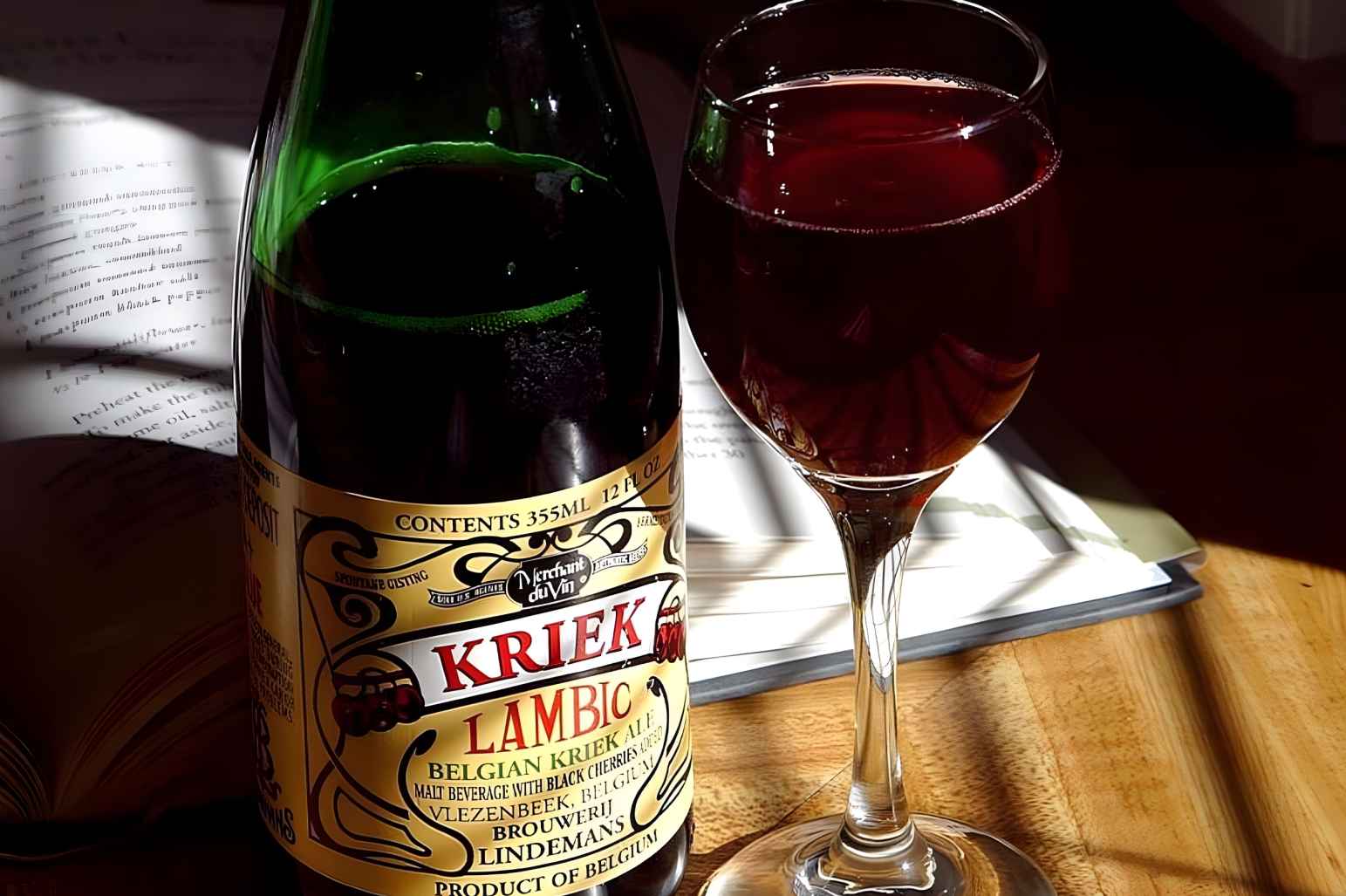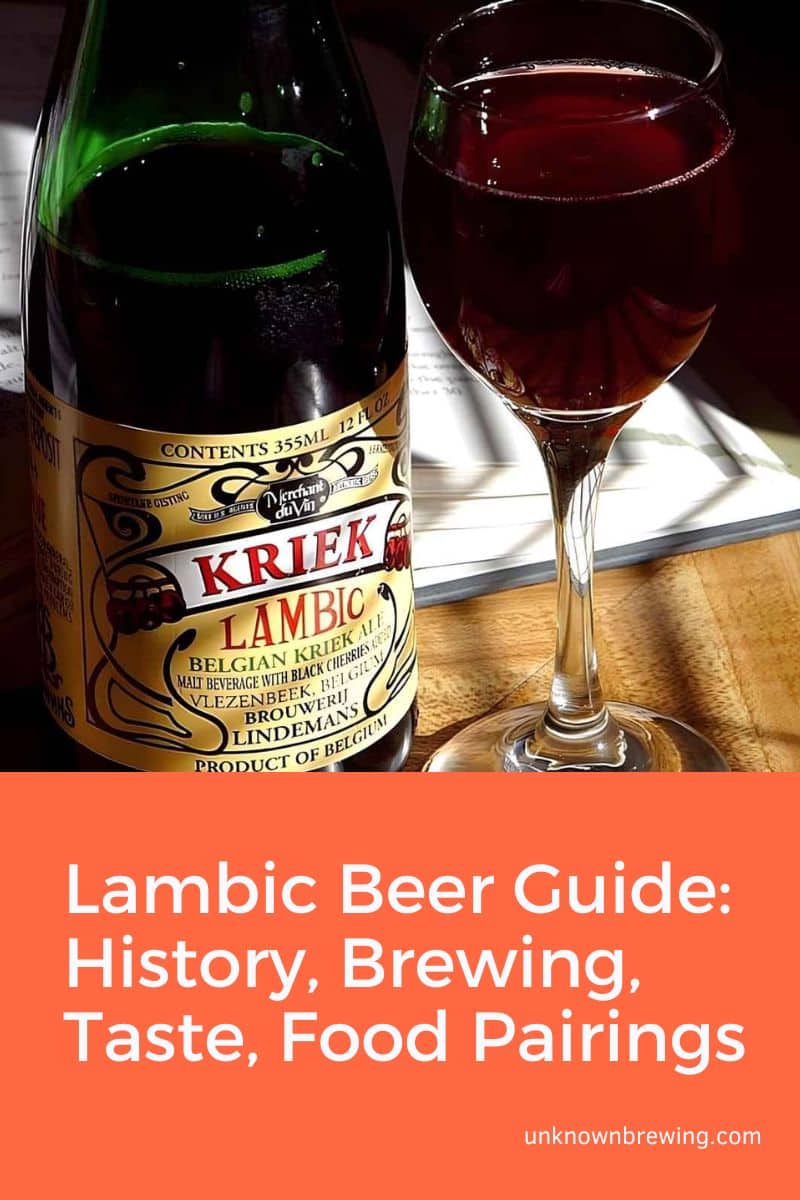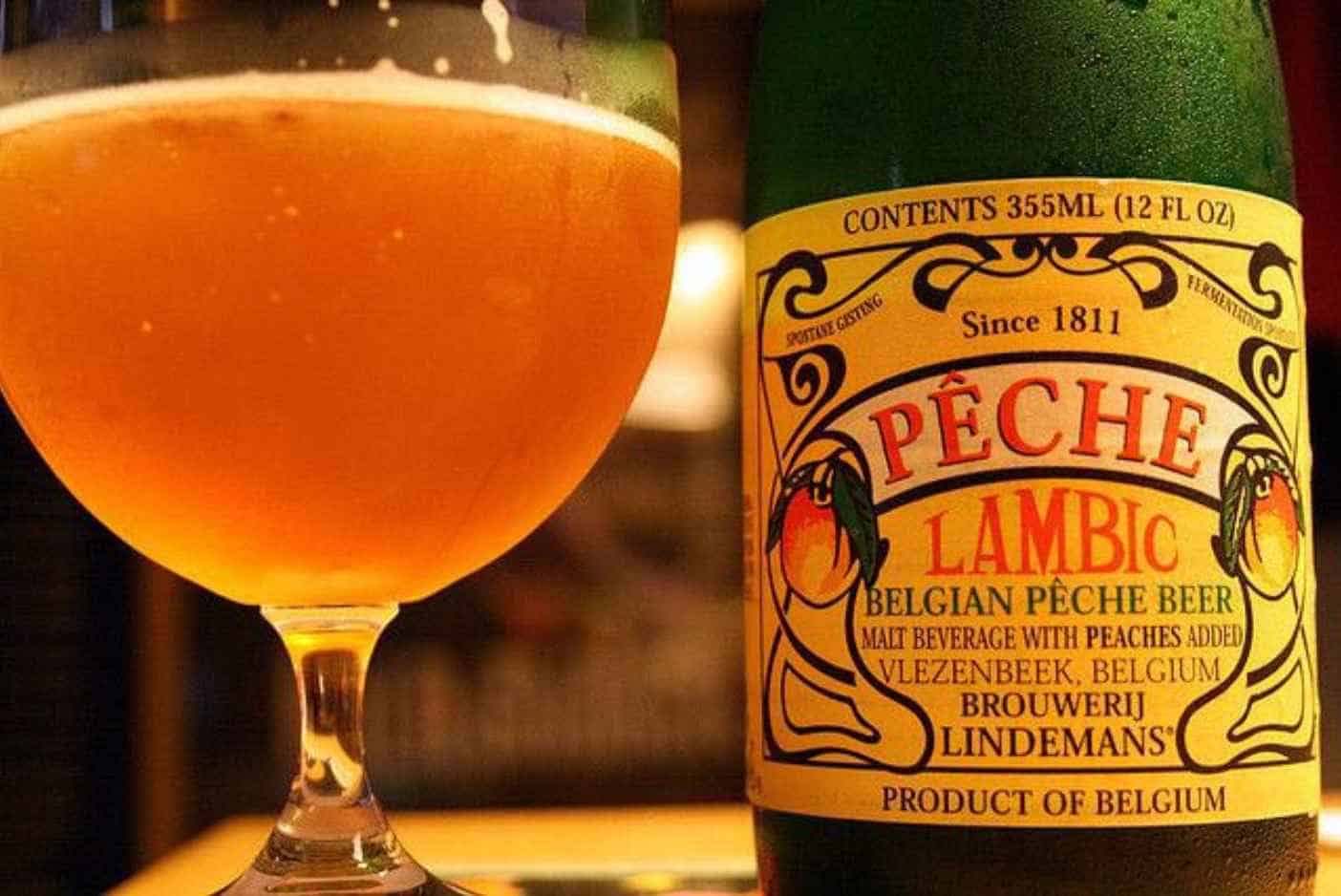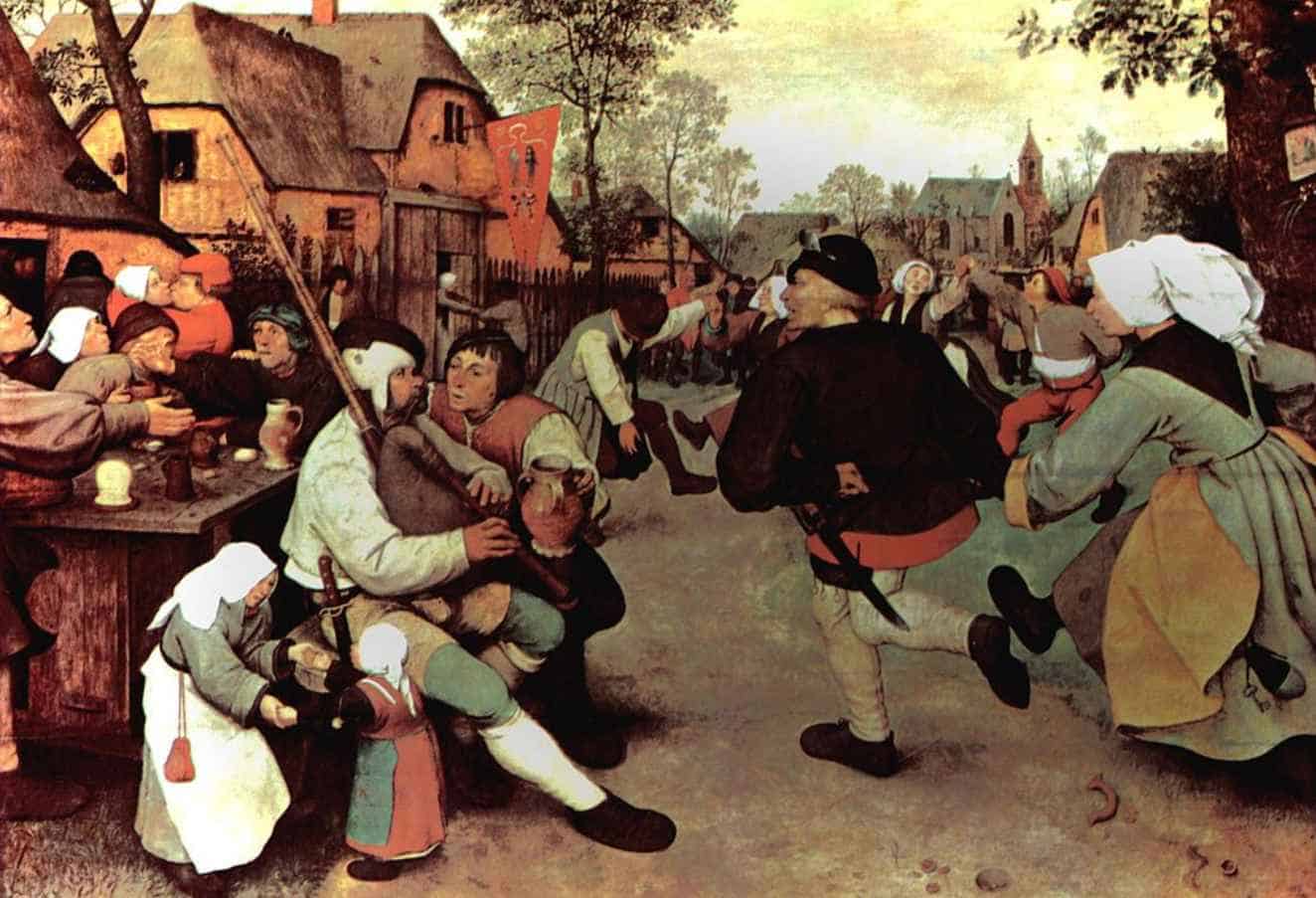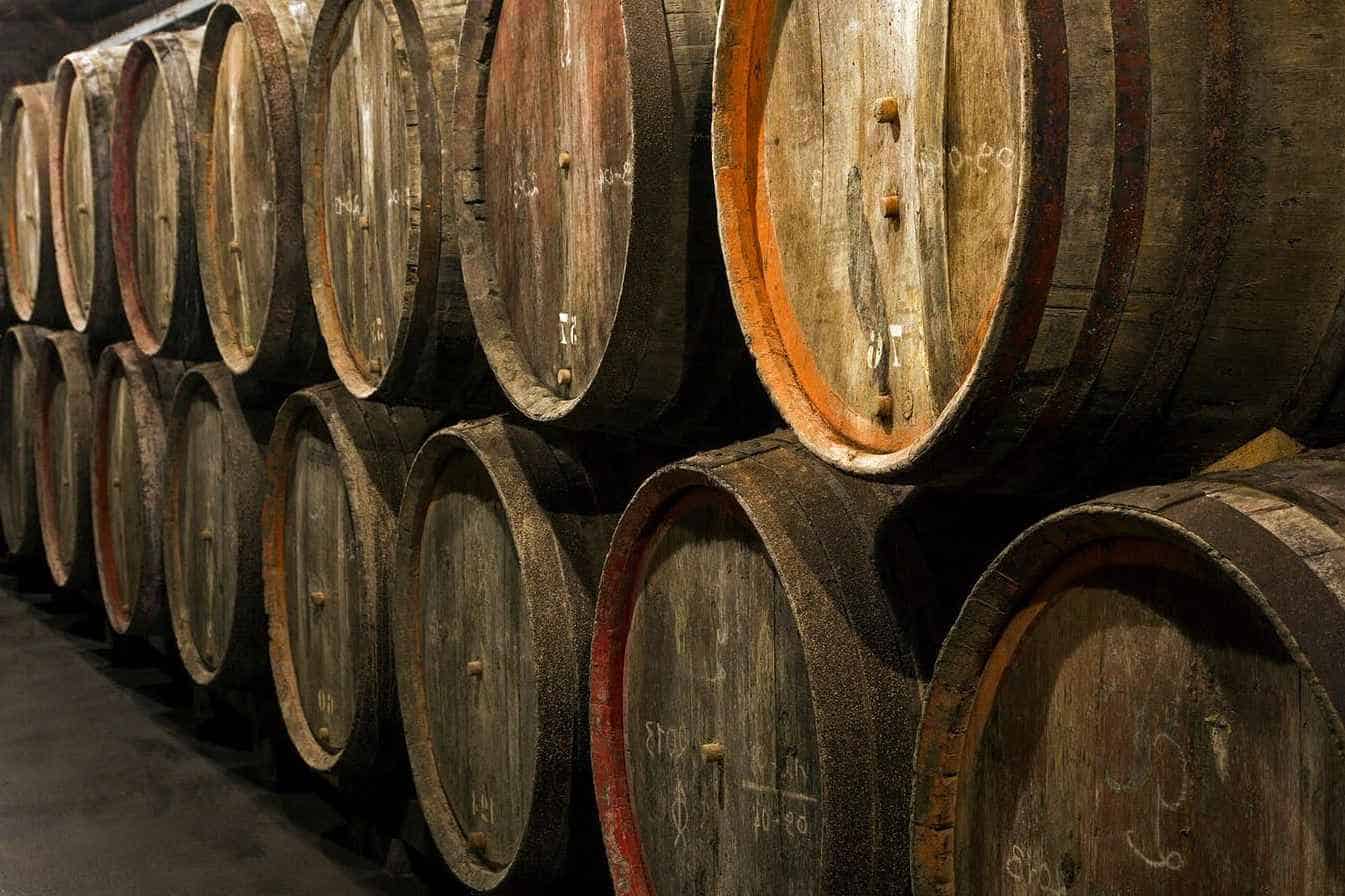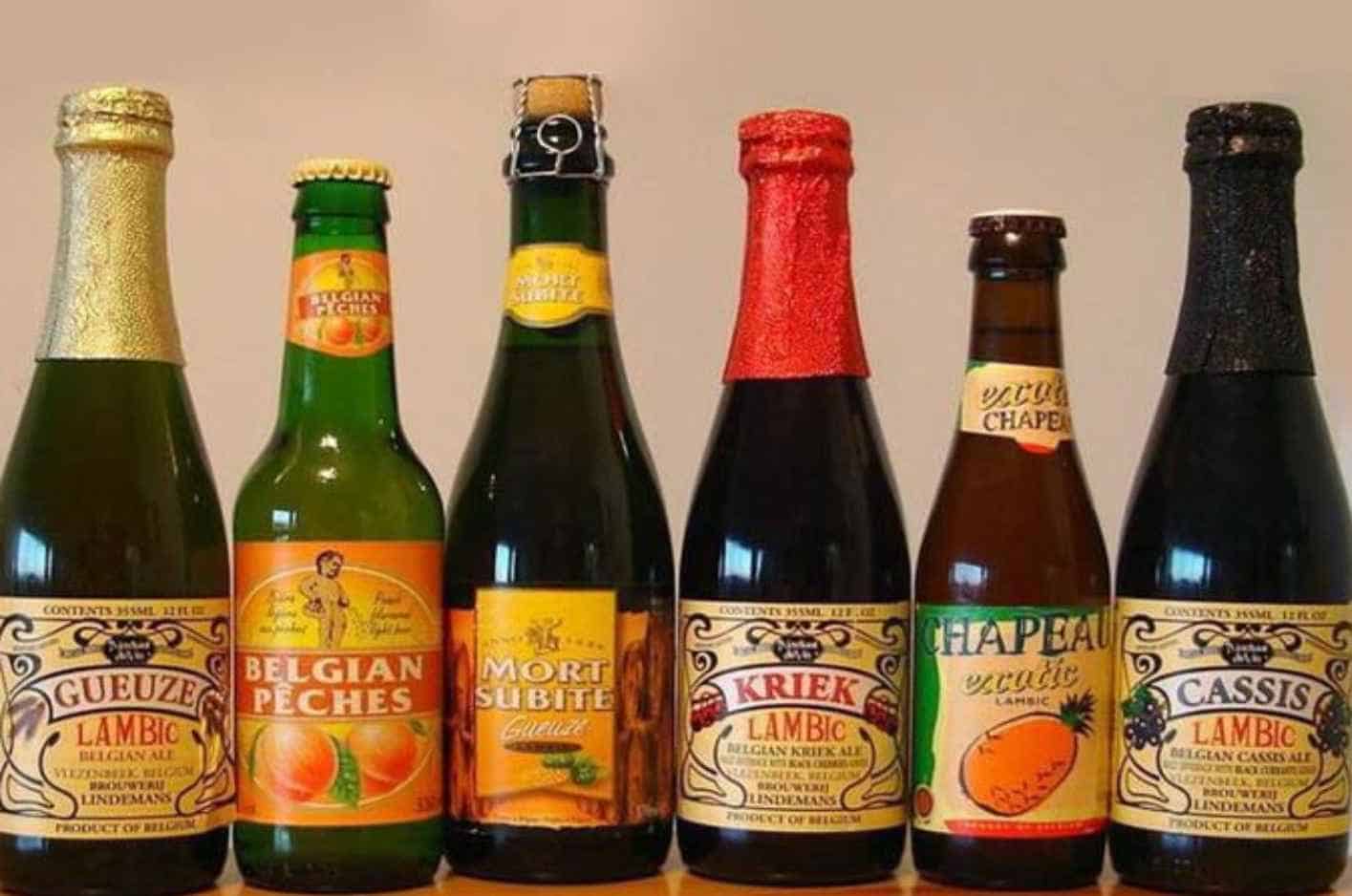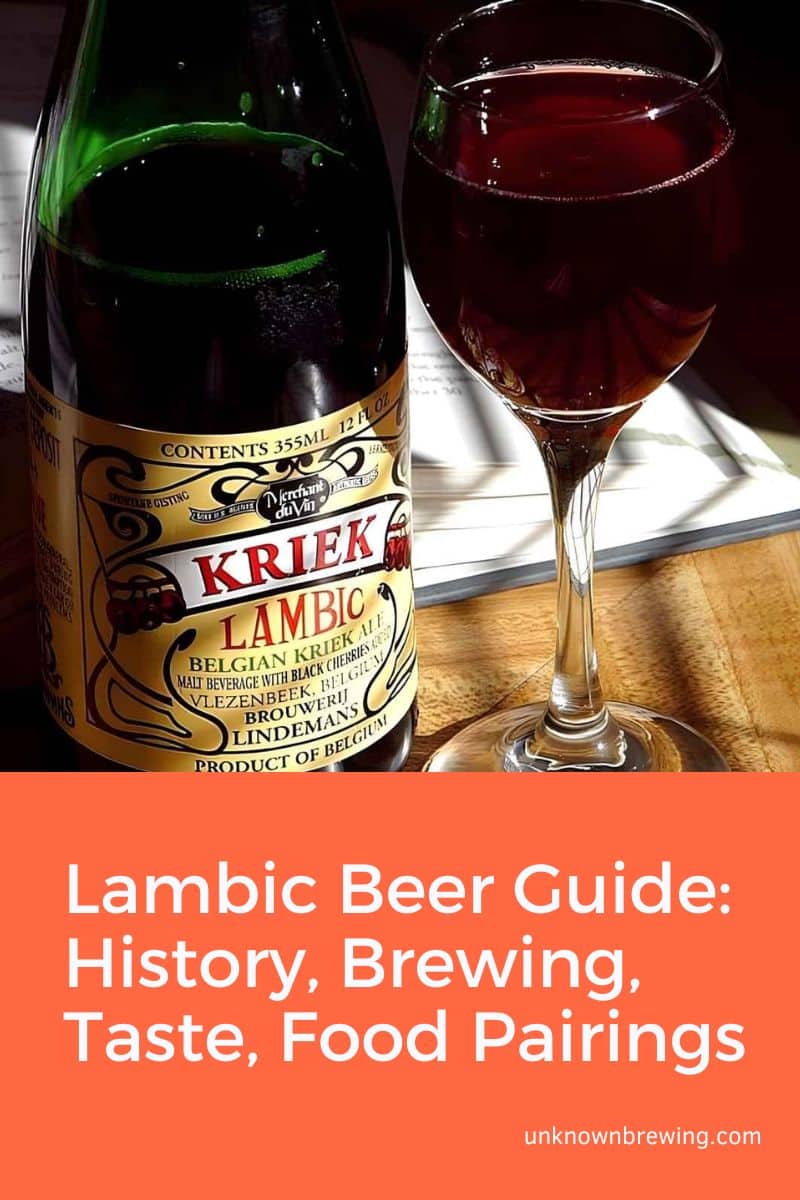Lambic beer is one of the most famous Belgian ales in the market. With its distinct sour taste, it stands as one of the sought-after beers. It even has the Traditional Speciality Guaranteed (TSG) stamp, regulating its quality and process.
For a glass or bottle to be considered Lambic beer, it must come from the Brussels area and its nearby towns in Belgium. The TSG also regulates the drink and its quality of it.
The process of making this Belgian blend thrives in spontaneity. If you want a beer that varies in every batch, this is the type of beer for you.
The blend uses wild yeast to ferment the beer. Brussel’s local microflora is the number one ingredient for this beer.
Letting the wild yeast do its thing results in varying flavors. With its fermentation process, Lambic beer is one of the most sought-after drinks in the area.
Although its pungent and tart sour taste is prominent with many of its blends, Lambic beer comes in wide varieties. You can have a more refreshing and light variety—some even fruity.
Taste and Appearance of Lambic Beer
| Color Range: | 3 to 7 SRM |
| Original Gravity: | 1.040 – 1.054 OG |
| Final Gravity: | 1.001 – 1.010 FG |
| IBU Range: | 0 – 10 IBU |
| ABV Range: | 2% to 8% ABV |
| Appearance: | Pale Yellow/Golden to Deep Brown |
| Aroma: |
|
| Flavor: |
|
| Mouthfeel: |
|
| Serving & Storage Temp.: |
|
| Shelf Life: | Up to 20 years |
| Food Pairings: |
|
Lambic beer sports a bright gold and pale-yellow color. However, the beer tends to darken as the blend starts to age. Older vintages of Lambic beer tend to be brown or dark gold.
Smoky, sour, mild zest, and earthy aroma, Lambic beer features a slew of distinct smells. The strong ones are the earthy and acidic smell of the beverage.
It’s due to the keg typical in the traditional fermentation process of Lambic beer. Through the wooden container, the earthy notes are developed.
Although there is a wide variety of Lambic beer, there is one thing for sure—it’s sour. The sourness of the drink will vary from batch to batch as it uses spontaneous yeast. However, brewers can subdue the acidic taste by adding fruit, caramel, or sugar.
The notes will vary depending on the type of Lambic beer you will have. It can feature fruity, earthy, and acidic notes.
The beverage has a light to medium body with a dry. Due to its sourness and yeasty wort, the Lambic beer also has a tart and uncarbonated mouthfeel.
History of Lambic Beer
Although Lambic beer has been around for a long time, being King Charles V’s favorite beer is one of its most prominent spots in history. His fondness for the drink grew as the Holy Roman Emperor ruled the land. It’s not surprising to see the glass in the recounts of his parties and meetings.
Since 1839, the legal classification of Lambic has been set in Brussels and the surrounding areas. Since then, the drink has been a part of the Belgian market.
However, the small area starts to go lower in production by the mid and late 1900s. It leads to the government introducing more programs to increase beer production in the surrounding area.
With that said, Lambic beer is in rising again since the 2000s. The introduction of various new brands of Lambic beer helps it gain another batch of popularity. The broader amount of new Lambic beer varieties also helped the market.
Introducing more fruity and light varieties also helps with the broader range of new customers trying out the Lambic blend.
The Brewing Process of Lambic Beer
Lambic beer commonly has wheat, barley, and oats in its brew mix. It gives the beer its distinct earthy flavor.
The ratio of malted barley to unmalted wheat typically ranges from 30-40% barley to 60-70% wheat. It means that for every two pounds of barley malt, there are three pounds of wheat in the mix.
Its distinct process starts to shine when it comes to the fermentation process of Lambic beer. Most of the time, the wort, or starter mix of malt and hops, is fermented with the lid on. However, Lambic beer fermentation works differently.
The Lambic beer has its wort open in a freezing spot in the brewery. Most of the time, this room is on the upper floor with no walls, exposing the blend in the area’s natural temperature and wild yeasts. This exposure is commonly done at night when the temperature is low.
As the wort is open, the wild yeasts can infiltrate the blend before the fermentation begins.
Different Styles of Lambic Beer
| Type of Lambic Beer | ABV | Flavor Profile |
| Gueuze | 5% to 9% ABV |
|
| Kriek | 6.50% ABV |
|
| Faro | 2.0% to 5.0% ABV |
|
| Fruit Lambic | 3% to 4% ABV |
|
Gueuze
Gueuze, or Brussel’s Champagne, is a Lambic beer that undergoes two fermentation processes. The old beer blend (2 to 3 years) is mixed with the young ones (1 or less than one year) to make a new batch of lambic beer.
The result is a very intense acidic flavor. It also has a strong hint of fruitiness but without residual sugar. Nowadays, many breweries add sugar to their mix to introduce this beer to a broader audience.
Kriek
Kriek or Kriek Lambic is a more refreshing twist to the heavy sour nature of most Lambic beer. This blend traditionally has Morello cherries or Schaarbeek, giving it a distinct red color. However, the lack of cherry cultivation around the Brussels area lessens the production of the traditional Kriek blend.
It features minimal sourness with a zesty and refreshing mouthfeel. Kriek is perfect for people new to lambic beer. The blend does not have the overpowering sourness of many Lambic beers.
Faro
Faro is a derivative form of lambic beer. Unlike the Gueuze, which uses older and younger lambic beers, this one uses a lighter blend.
The result is a light and refreshing drink that is relatively cheap to produce. It’s also very fruity and usually sweetened. It has a strong aroma and a subtle taste of caramel or molasses.
Faro is in the top spot for Lambic beers with a wide audience range. It’s an excellent drink for those who do not want a robust sour beer.
Fruit Lambic
Fruit Lambic refers to the Lambic beers with added fruits. It can range from peaches, berries, apples, and even citrus fruits. It gives the drink a more zesty and fruity twist.
Most of the time, the highly sour nature of the Lambic beer is a no-go for most people. It’s highly acidic and very aromatic. However, the fruit Lambic provides a more subtle sour flavor.
It’s a perfect combination of the mild sourness and malt from the lambic blend while having a strong hint of fruit notes.
Best Food Pairings
Now that you know the general information about Lambic beer, here is some foods pairing you need to keep in mind. Lambic beer is generally perfect for rich dishes, seafood, and sweets.
However, you can mix and match the different types of this beer to have the best glass with your food.
Seafood
With its distinct sourness and zesty notes, Lambic beer is an excellent pair with seafood. It can easily cut through the intense nature of seafood.
Most fish, shellfish, and mussels are strong in flavor; a mild or more robust beer is excellent. Mix a bottle of Gueuze or Kriek for the best result. Faro and other fruit lambic beer can also be a perfect option.
Spicy Dishes
Spicy dishes might be the most complex food pairing for beer. Fortunately, the flavor of Lambic beer has no problem shining through the hot and flaming mouthfeel of spicy dishes.
Sweet Desserts
Sweet desserts are perfect for fruity Lambic blends. Chocolates, cakes, and many tart foods are good with this dry and zesty beer.
Although most fruit Lambic beer has a small amount of sugar, it’s still dry and smooth. In turn, it can serve as an excellent palette cleanser that can cut through any dessert.
Soft Cheese
Soft cheese or any mild dairy is perfect for Lambic beer. A glass of Gueuze or Faro is an excellent pair because they are smooth and subdued.
Rich and Creamy Dishes
Rich and creamy meat and pasta are excellent with the dry and light Lambic beer. The drink can serve as a perfect palate cleanser as you take another bite of the creamy food.
In summary
There is a lot to know about this sour and tart Brussels drink. With this Lambic beer guide, you can find the nature of the beer and more. So, what are you waiting for? Try it out.

Liam is a sucker for craft beers and a junky for brewery trips. His interest in brewing peaked when he visited San Diego’s Mission Brewery. Liam Kuo is contributor to Unknown Brewing.
